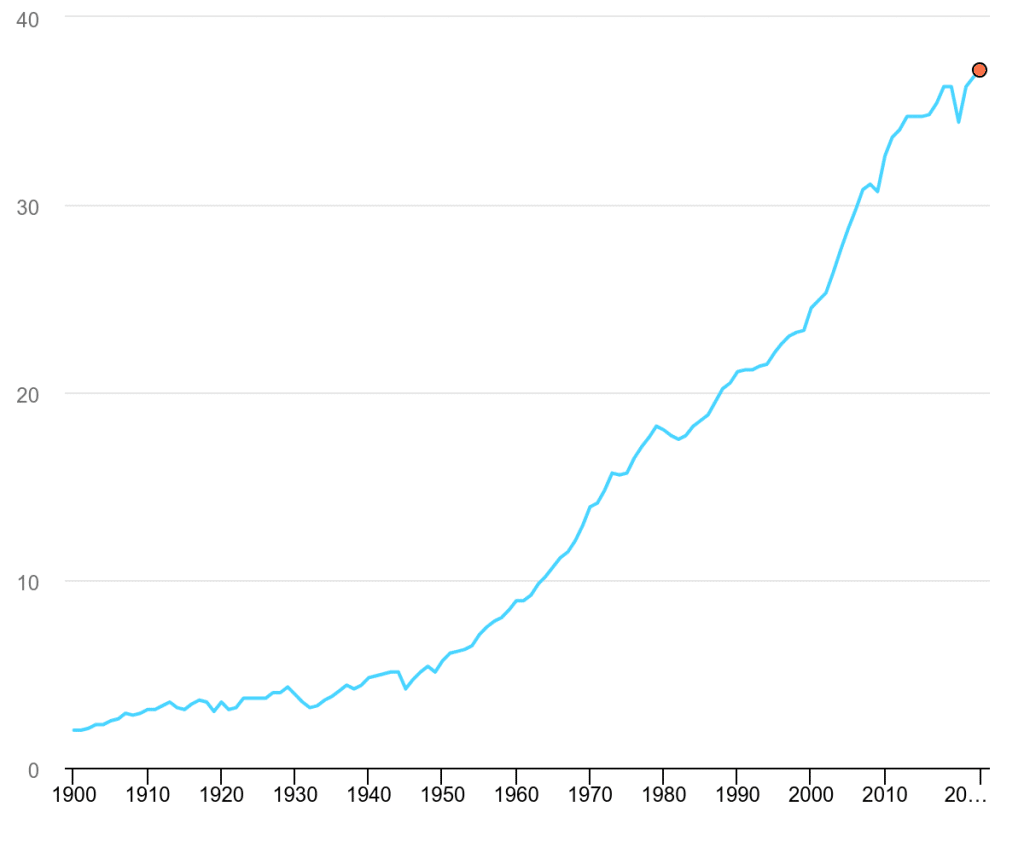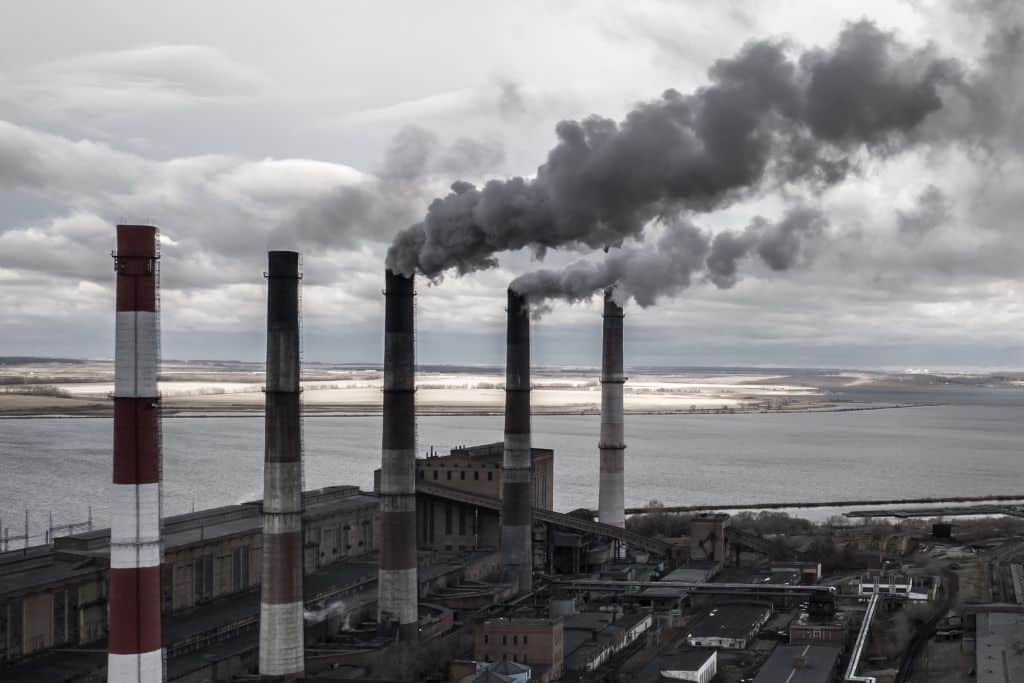Coal accounted for 65% of the total increase in CO2 emissions last year, with experts blaming shortfalls in hydroelectric power generation due to persisting drought conditions.
—
Global carbon dioxide (CO2) emissions grew by 410 million tonnes – or 1.1% – in 2023, reaching a historic high of 37.4 billion tonnes, with emissions from coal accounting for more than 65% of the increase, according to a new analysis.
The largest increase globally took place in China, the International Energy Agency (IEA) said in its latest report, with per capita emissions in the country now 15% higher than in other advanced economies. An analysis by the Centre for Research on Energy and Clean Air (CREA) published last month revealed that CO2 emissions from the energy sector rose 12% between 2020 and 2023 in China, owing to a post-pandemic rebound in coal and oil demand that was further exacerbated by recent extreme weather events. These include historic heatwaves and droughts, which led to a drastic jump in electricity consumption for air conditioning while exacerbating hydropower operating rates. A March 2023 report compiled by CREA and the Global Energy Monitor (GEM) showed that in 2022, China approved a record number of coal-fired plants, the equivalent of all the UK’s plants combined and the highest since 2015.
But droughts did not affect just China. According to the IEA analysis published Friday, a global shortfall in hydroelectric power generation due to droughts drove up emissions from fossil fuels by an additional 170 million tonnes. Without it, the Agency said, global emissions would have likely declined last year.
2023 went down in history as the hottest year on record, with global average temperatures 1.47C higher than pre-industrial levels. While the relentless consumption of fossil fuels – which last year accounted for over 70% of the global energy supply – was the main culprit behind last year’s extreme temperatures, natural variations like the influential El Niño phenomenon in the Pacific Ocean also played a role.

Despite the large share that fossil fuels still occupy in the global energy mix, renewable energy has also continued to grow last year.
China – the world’s largest emitter – has continued to dominate global clean energy additions, bringing it closer to doubling its current wind and solar capacity by 2025 and reaching its clean energy target five years ahead of schedule. In a report published in January 2024, the IEA said global renewable energy capacity grew by a staggering 50% last year compared to 2022, with China accounting for the largest share. This presents a real opportunity to triple global capacity by 2030, a target set at last November’s UN climate summit COP28 in Dubai.
Indeed, were it not for the rapid global deployment of clean energy technologies since 2019 – which are now on track to become the largest source of global electricity generation by 2025 – emissions would have been up to three times higher, the Paris-based agency said.
The “unprecedented momentum” in the renewable sector was triggered partly by the recent global energy crisis, forcing countries to find alternatives to replace increasingly expensive fossil fuels and speed up the development of solar, wind, and other clean power sources.
The European Union (EU), whose countries have heavily depended on Russian gas for decades, has scaled up renewable energy massively in recent years. According to January 2024 data by CREA, the rapid expansion of clean energy including solar and wind and lower demand for electricity across the EU resulted in an 8% drop in CO2 emissions in 2023. The year-to-year decrease was the 27-bloc’s second-steepest after 2020, a year heavily influenced by Covid-19 lockdowns and restrictions.
In the US – the world’s second-largest emitter – the Inflation Reduction Act, the biggest climate bill in the country’s history, has provided significant support for the expansion of renewable energy. And even in economies whose economic growth has been fuelled by coal and gas, such as India, alternative energy sources are slowly replacing planet-polluting fossil fuels.
You might also like: European Commission Recommends Ambitious 90% Greenhouse Gas Emissions Reduction Target by 2040
This story is funded by readers like you
Our non-profit newsroom provides climate coverage free of charge and advertising. Your one-off or monthly donations play a crucial role in supporting our operations, expanding our reach, and maintaining our editorial independence.
About EO | Mission Statement | Impact & Reach | Write for us


















